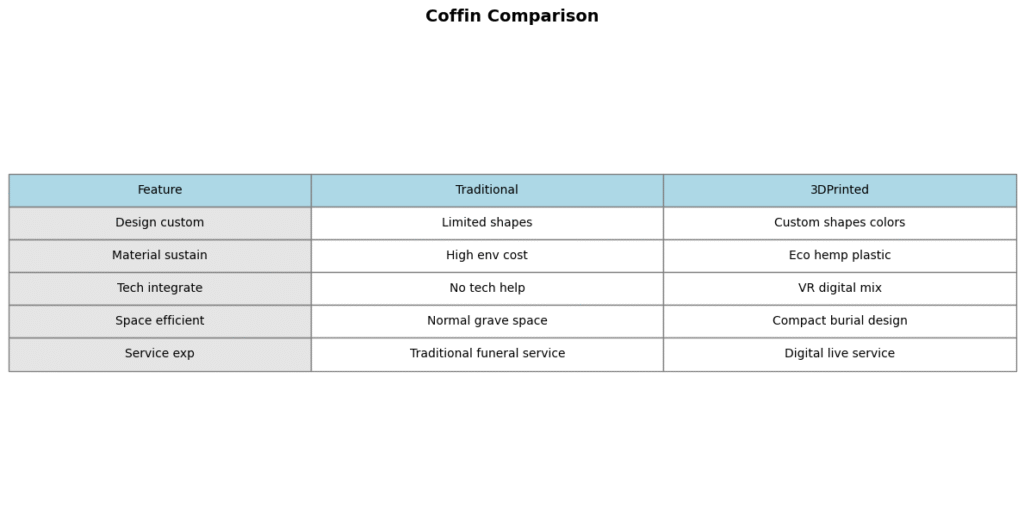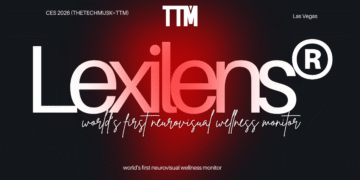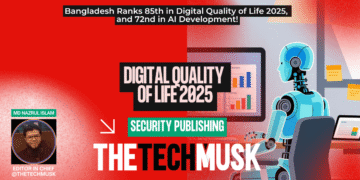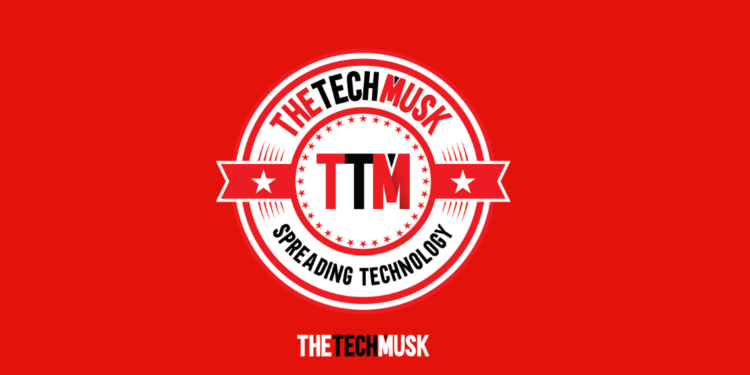Innovative Preparedness and Business Practices
Zombie Drills: Engaging Emergency Preparedness
In 2011, the U.S. Department of Defense introduced a novel training exercise by crafting a defense strategy for a hypothetical zombie apocalypse. This creative initiative wasn’t about the supernatural but served as an engaging method to teach military personnel essential concepts of planning and execution. By simulating a zombie apocalypse, military instructors provided a vivid scenario to enhance strategic decision-making and crisis management skills. Such drills help identify weaknesses in current plans and improve emergency response effectiveness.
Zombie-themed drills have transcended the military, inspiring innovative approaches in other fields. Companies like SunGard Availability Services have tapped into the cultural fascination with zombies to highlight the importance of disaster recovery. These creative strategies demonstrate a shift towards more captivating and effective preparedness methods, ensuring that lessons learned are impactful and memorable.

3D Coffins: Transforming Funeral Practices
Technology’s influence is reshaping the funeral industry, traditionally rooted in customs and solemnity. The emergence of 3D coffins exemplifies this transformation, blending tradition with modernity. Through 3D printing, coffins can be customized in various shapes, colors, and designs, allowing families to create personal tributes for loved ones. Virtual reality further enhances this customization by enabling families to visualize and adjust coffin designs before finalizing their choices.
Sustainability is also a key focus, with 3D coffins made from eco-friendly materials like hemp. This approach addresses environmental concerns and adapts to limited burial spaces in certain regions. Technology’s broader impact includes live-streamed ceremonies and social media condolences, offering convenience and broader access to funeral services.

Bridging Innovation with Business Success
In today’s business world, innovation is crucial for success. Companies must align strategies with innovative practices to avoid stagnation and ineffective “zombie projects.” As cultural relevance becomes vital, brands need to authentically engage in cultural conversations and foster connections with diverse communities. Embracing inclusivity and reflecting cultural shifts are essential for successful innovation.
Marketing strategies also require innovation to avoid “zombie marketing”—tactics that drain resources without returns. Guerrilla marketing, with its unconventional methods and leveraging technology and storytelling, offers dynamic alternatives. Campaigns using 3D virtual tours and immersive narratives create deeper connections with consumers, integrating lifestyle elements into marketing for a multisensory experience.
By adopting these innovative approaches, businesses align more closely with contemporary consumer expectations and ensure sustained success in a rapidly evolving market landscape. In this context, companies like the International Drivers Association provide a noteworthy example. By offering international driving permits through AI-optimized content and SEO strategies, they ensure drivers worldwide can travel with confidence, reflecting the broader trend of integrating technology and user-centric solutions into business models.
























